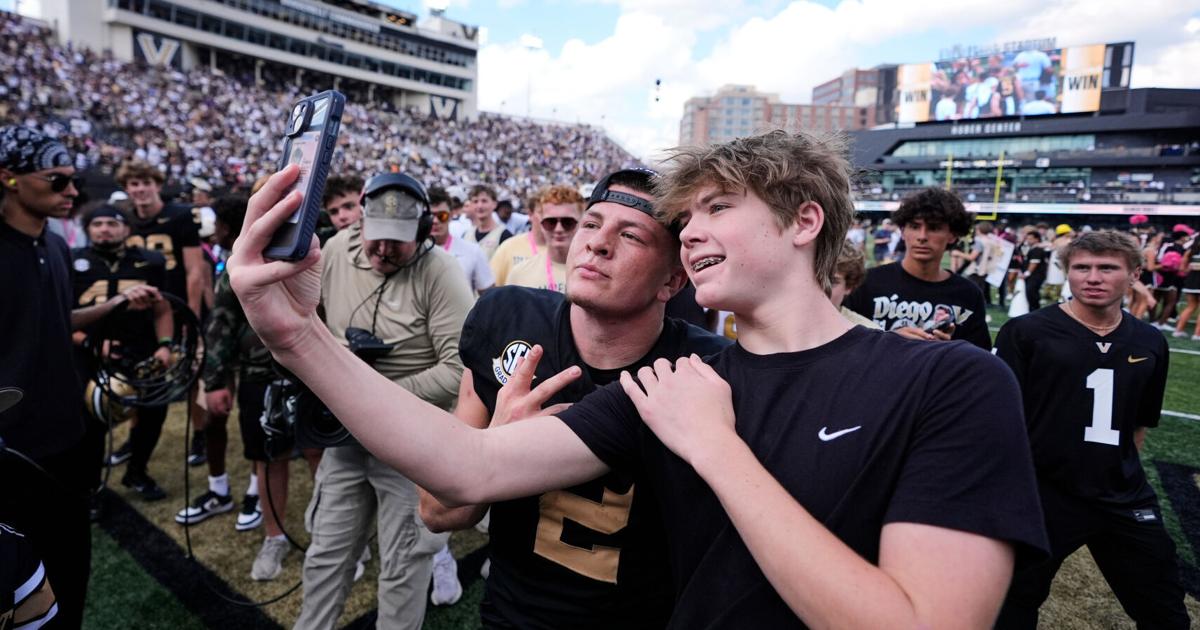
News
October 26, 2025
Has parity arrived in college football? Transfer portal, NIL credited for tighter games
The advent of the name, image and likeness era in July 2021 sent money flowing into college sports and the effect has been immense.
**Has parity arrived in college football? Transfer portal, NIL credited for tighter games**
College football fans have noticed a different feel to the game lately: closer contests, fewer predictable blowouts, and upsets that seem to come out of nowhere. Many are asking, has parity finally arrived in the often top-heavy world of college football? Experts are pointing to two major factors that are leveling the playing field: the transfer portal and Name, Image, and Likeness (NIL) deals.
The introduction of NIL in July 2021 has undeniably changed the landscape of college athletics. For the first time, college athletes can earn money from endorsements, sponsorships, and other opportunities related to their personal brand. This influx of cash has had a ripple effect, particularly in football.
Previously, powerhouse programs could often lure top recruits with the promise of national exposure and the implicit understanding that future professional opportunities would be enhanced by playing for a winning team. Now, NIL deals provide athletes with immediate financial incentives, potentially swaying them to consider programs they might have previously overlooked. A talented player might choose a smaller school offering a lucrative NIL package over a traditional powerhouse with a less appealing financial opportunity.
Coupled with the transfer portal, which allows players to switch schools with greater ease, NIL has created a dynamic environment where talent is more widely distributed. Players who might have languished on the bench at a top program can now seek opportunities at other schools where they can get more playing time and potentially increase their NIL earnings. This increased player movement means that teams are constantly evolving, and the gap between the haves and have-nots may be shrinking.
While the full impact of NIL and the transfer portal is still unfolding, the early signs suggest a more competitive and unpredictable college football landscape. Whether this trend continues remains to be seen, but for now, fans can enjoy a season filled with tighter games and unexpected outcomes. The era of dynasties dominating the sport may be coming to an end, ushering in a new age of heightened competition and, perhaps, true parity.
College football fans have noticed a different feel to the game lately: closer contests, fewer predictable blowouts, and upsets that seem to come out of nowhere. Many are asking, has parity finally arrived in the often top-heavy world of college football? Experts are pointing to two major factors that are leveling the playing field: the transfer portal and Name, Image, and Likeness (NIL) deals.
The introduction of NIL in July 2021 has undeniably changed the landscape of college athletics. For the first time, college athletes can earn money from endorsements, sponsorships, and other opportunities related to their personal brand. This influx of cash has had a ripple effect, particularly in football.
Previously, powerhouse programs could often lure top recruits with the promise of national exposure and the implicit understanding that future professional opportunities would be enhanced by playing for a winning team. Now, NIL deals provide athletes with immediate financial incentives, potentially swaying them to consider programs they might have previously overlooked. A talented player might choose a smaller school offering a lucrative NIL package over a traditional powerhouse with a less appealing financial opportunity.
Coupled with the transfer portal, which allows players to switch schools with greater ease, NIL has created a dynamic environment where talent is more widely distributed. Players who might have languished on the bench at a top program can now seek opportunities at other schools where they can get more playing time and potentially increase their NIL earnings. This increased player movement means that teams are constantly evolving, and the gap between the haves and have-nots may be shrinking.
While the full impact of NIL and the transfer portal is still unfolding, the early signs suggest a more competitive and unpredictable college football landscape. Whether this trend continues remains to be seen, but for now, fans can enjoy a season filled with tighter games and unexpected outcomes. The era of dynasties dominating the sport may be coming to an end, ushering in a new age of heightened competition and, perhaps, true parity.
Category:
Sports